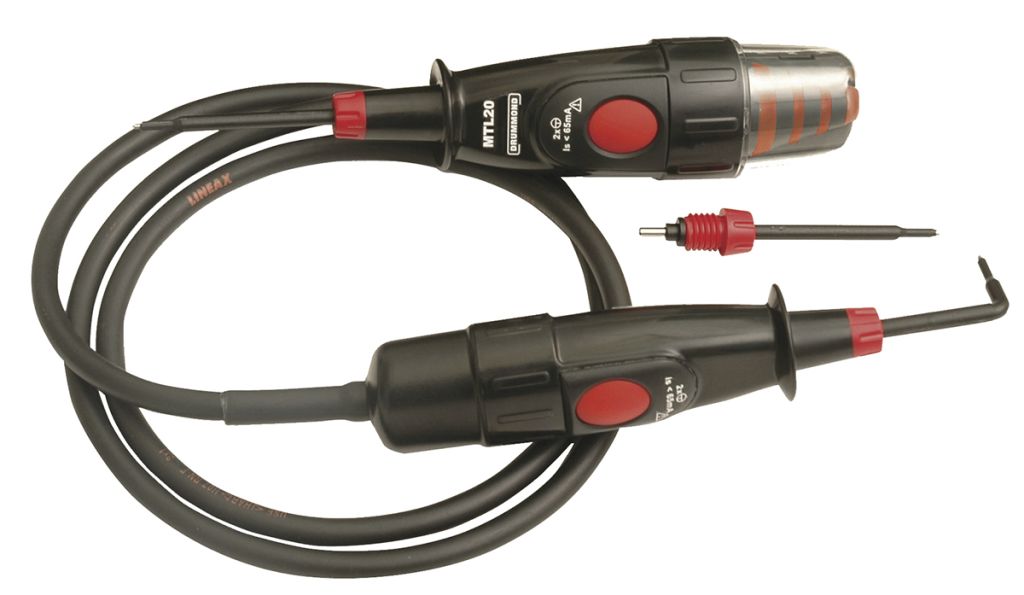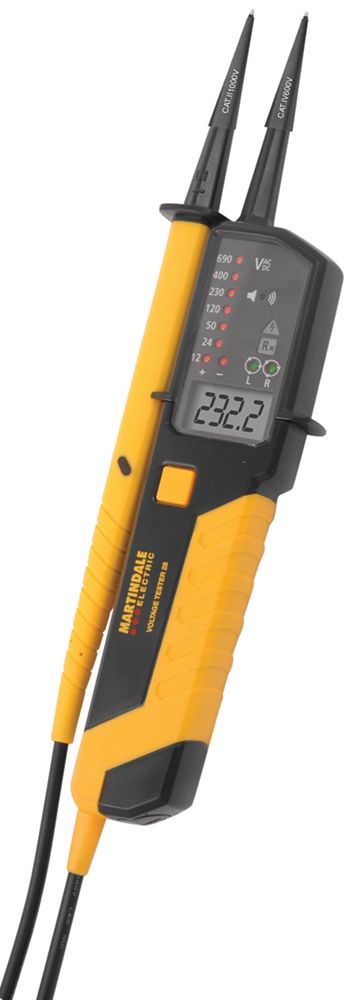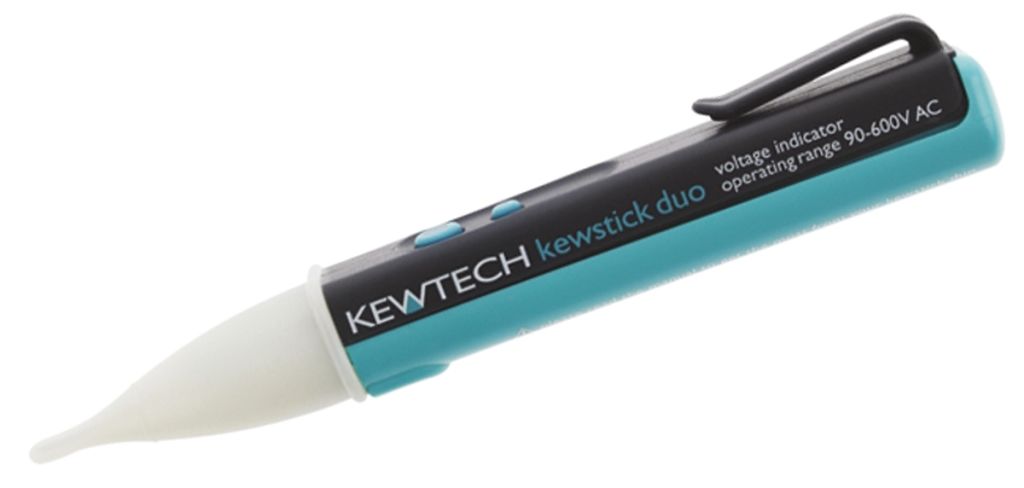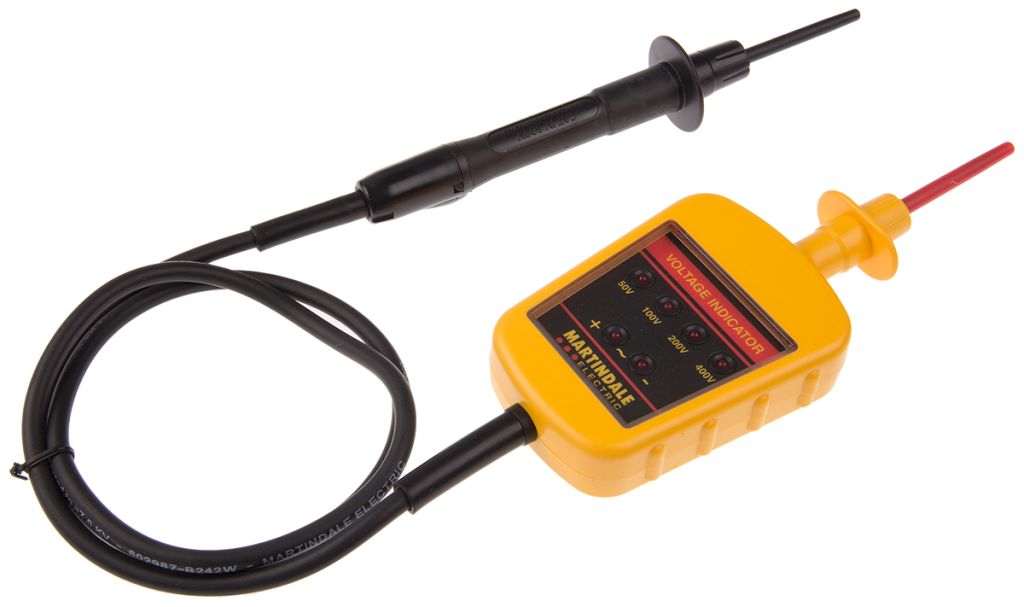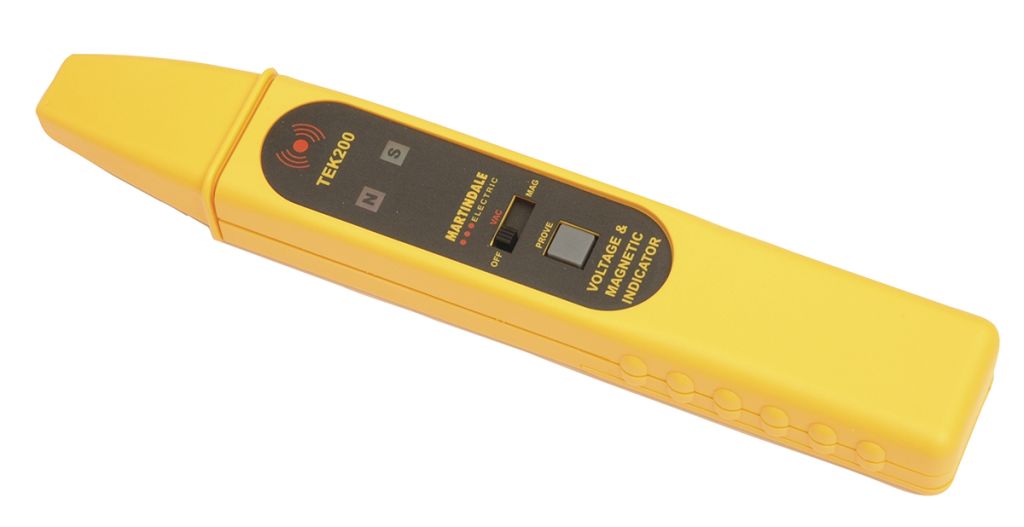Testo 745 Non Contact Voltage Detector, 12V ac to 1000V ac
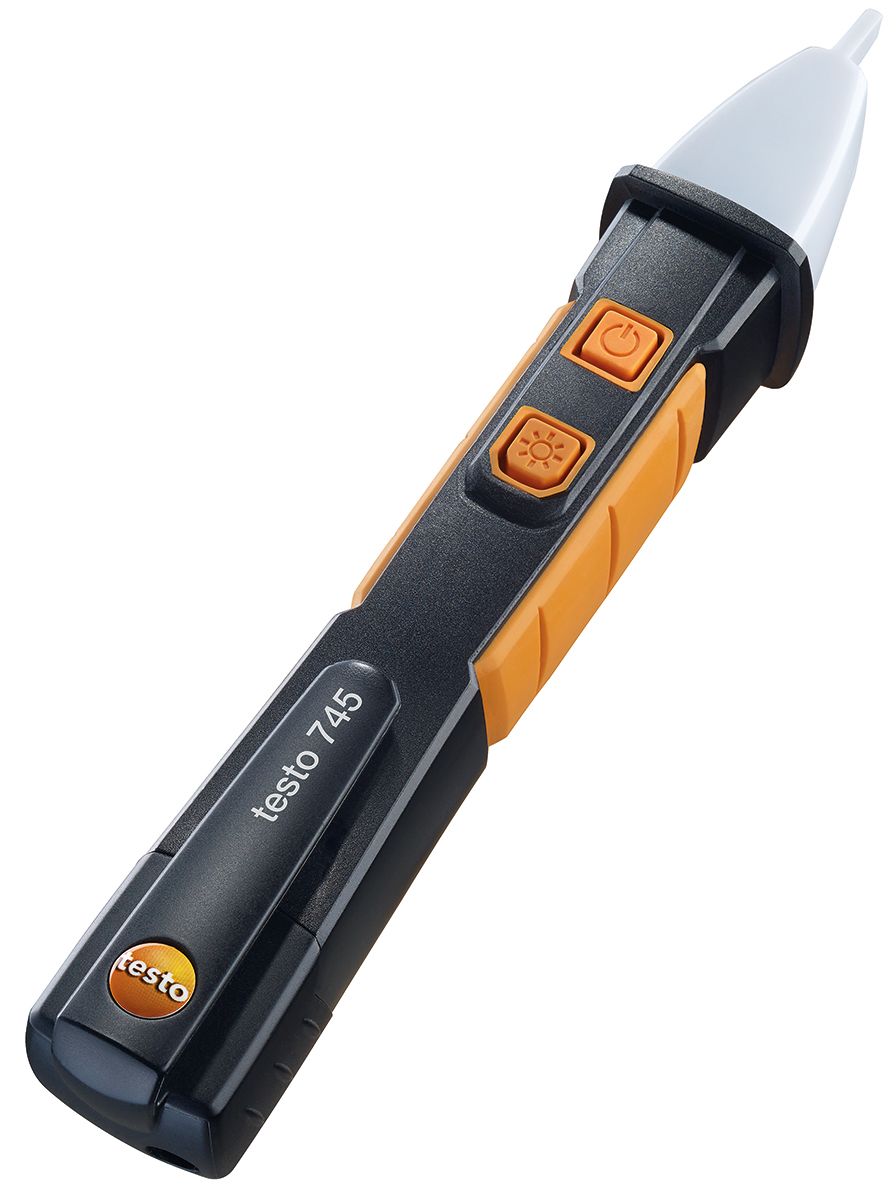
Testo 745 Non-Contact Voltage Tester
With a voltage range of up to 1000V ac the Testo 745 can fast check suspected faults. Clear visual and acoustic signals warn of alternating current enabling user verification quickly.
Reliability is also increased with the high-frequency interference signals filter. Designed for ease of use, reliability and durability this non-contact tester is also waterproof and dustproof according to IP67. With a measuring point illumination tip, the 745 is an ideal voltage detector for dark and harsh environments. All of the above features have been compacted neatly into a 63g device.
APPROVALS : CSA, CE
Features and Benefits:
• Filter for high-frequency interference signals
• Adjustable sensitivity
• Waterproof
• Dustproof
• Measurement point illumination
Frequently asked questions:
What is a non-contact voltage tester used for?
Voltage testers or detectors are used to check the flow of current through a circuit. They can be used to check safety, or to ensure equipment is functioning correctly. They can also test for the current strength, whether the circuit is grounded correctly or to ensure no current is flowing at all so that work can be begin on the circuit.
How do non-contact voltage testers work?
Also known as a voltage detector, voltage tester pens, sensors or test pens. They allow the user to test electrical conductors without touching them. Non-contact testers are the safest and easiest way to detect electric fields or voltage. Voltage testers utilise what is called capacitive coupling, the user holding the instrument provides a ground reference. The tester then detects changing electric field around the object or objects conducting an AC current. (Alternating current) Simply put, the user and the tester pen when near the electrical conductor will cause a small current to flow through the tester from the source, this is how it detects AC voltage.

